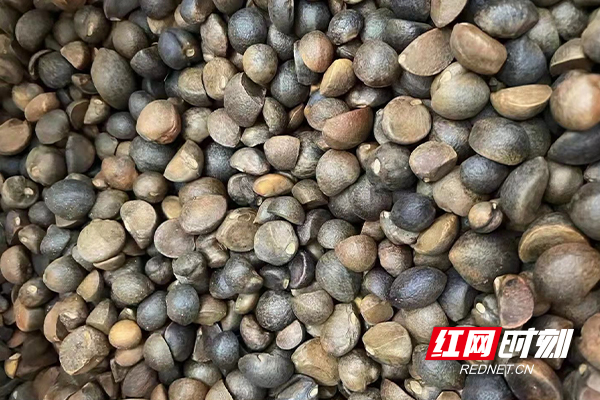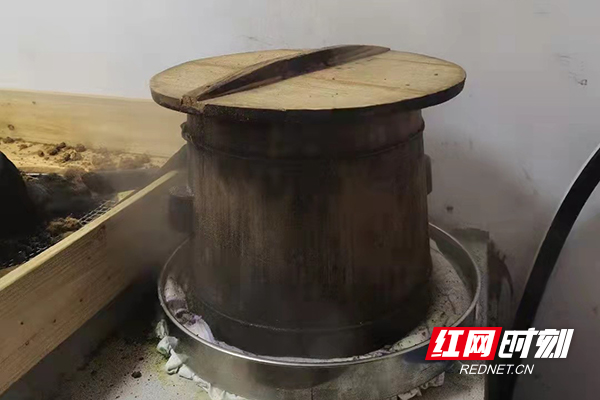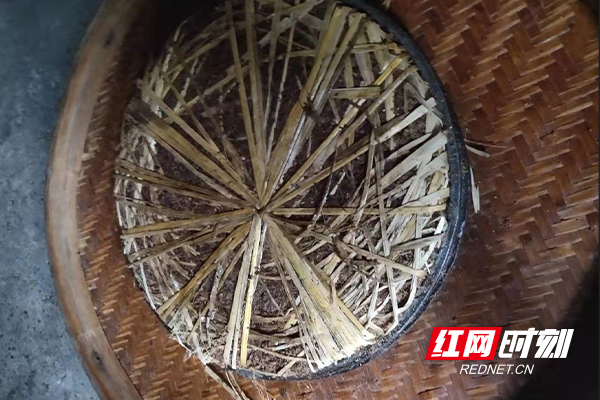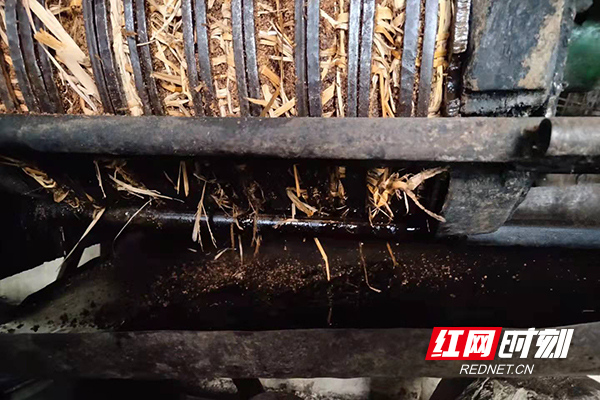Oil-tea camellia harvest in Rucheng
2021-12-20




Photos taken show villagers extract oil by squeezing the newly harvested oil-tea camellia seeds in Quanyuan Village, Nuanshui Town, Rucheng County.
Quite a few workshops in Rucheng still adopt the traditional method of oil squeezing with a wooden oil press. The aired and shelled camellia seeds dried again on heated brick beds would be ground into powder in a water-powered roller. After being steamed, the powder would be made into a tea cake with the straw for oil squeezing in the press. And the squeezed oil would be further filtered and precipitated to form the final product—oil tea.




